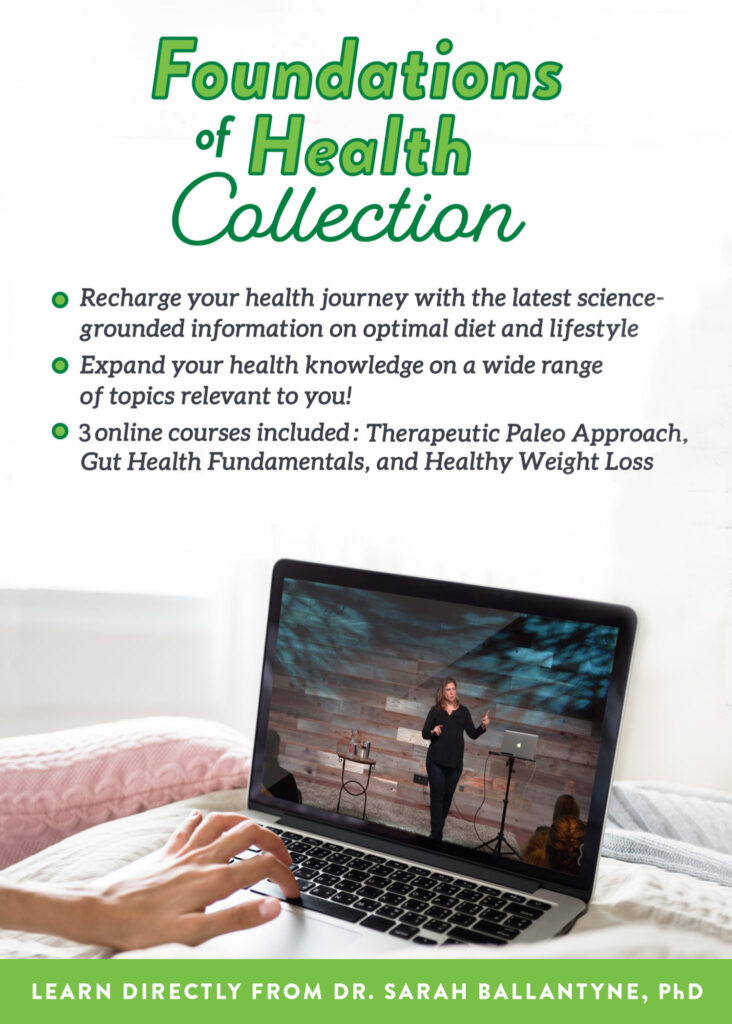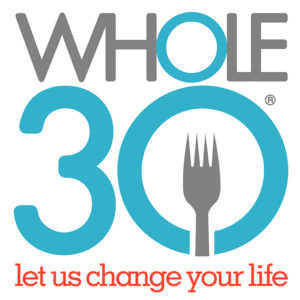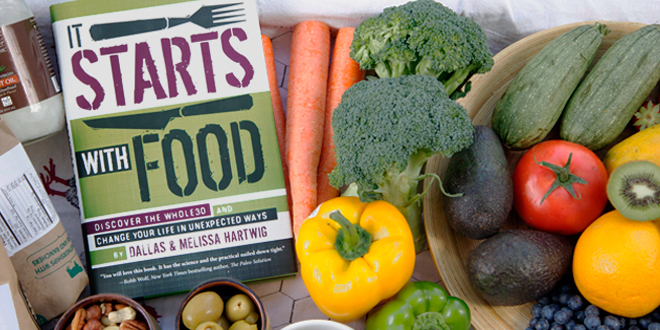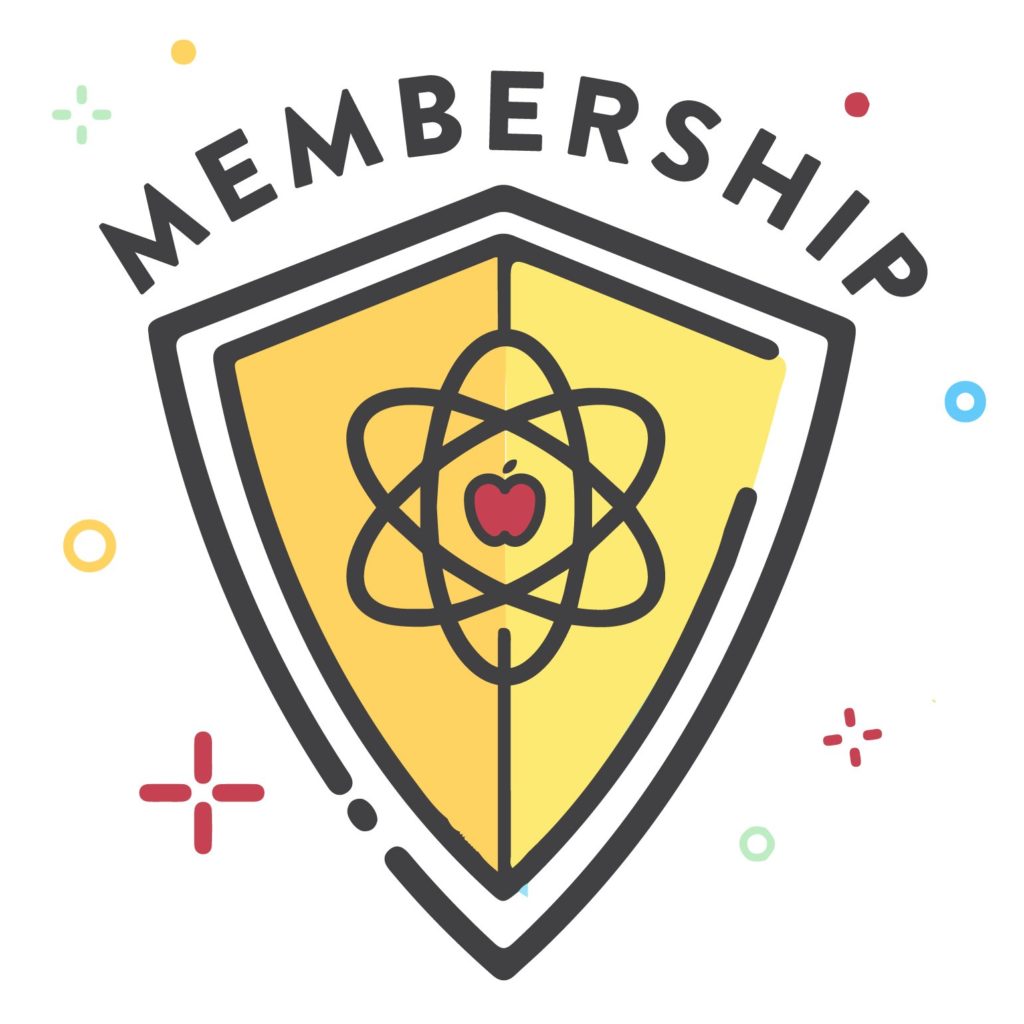Melissa Hartwig and I have been having an online, public conversation about The Paleo Approach, the Whole30, transitioning to Paleo, therapeutic diets, and how to help people navigate the choices they have for making positive changes as they progress on their health journey. Part 1 of a two-part interview with me appeared on Whole30.com last week (Part 2 is coming net week) in which I answered Melissa’s questions about The Paleo Approach and who might use the Whole30 as a stepping stone towards the autoimmune protocol. And, today, Whole30.com posted a fantastic article (in which I am quoted) about the Pros and Cons of baby stepping. This post is the other side of that conversation, where Melissa answers my questions about the Whole30, its strengths and its weaknesses.
conversation, where Melissa answers my questions about the Whole30, its strengths and its weaknesses.
Not familiar with Melissa Hartwig?
Melissa Hartwig, CISSN, RKC is a Certified Sports Nutritionist and RKC-certified kettlebell instructor who specializes in helping people change their relationship with food and create life-long, healthy habits. She is the New York Times bestselling author of It Starts With Food, and presents health and nutrition seminars worldwide with her husband Dallas. She shares resources, writes articles, and provides support to more than 1 million people a month through the Whole30 website (whole30.com).
Melissa, many of my readers might not be familiar with the Whole9 philosophy and what a Whole30 is? Can you give me the Cliff notes version?
Save 80% Off the Foundations of Health
Expand your health knowledge on a wide range of topics relevant to you, from how to evaluate scientific studies, to therapeutic diet and lifestyle, to leaky gut and gut microbiome health, to sustainable weight loss, and much more!!!

Whole9 is the name of our business, and the online community we’ve created at whole9life.com. The “9” is based on nine factors that we believe are all important for your overall health. On the Whole9 website, we write articles about nutrition, healthy movement, stress management, socialization, and all of our other nine factors (and then some—we have one entire category for kiddos and another for conscientious omnivores).
The Whole30 is our original nutrition program designed to change your life in 30 days. Think of it as a short-term mind and body reset, designed to help you put an end to unhealthy cravings and habits, restore a healthy metabolism, heal your digestive tract, and balance your immune system. We aim to help people attain “food freedom”—that place where you are in charge of your food choices, and where guilt, shame, and self-loathing are no longer a part of your relationship with food.
You are really interested in change research and habit breaking/forming. How does this play into the Whole30 and your more general philosophy?
We’ve built so much of the psychology of change into the Whole30—it’s the cornerstone of the entire program, in fact. It’s not that people don’t know what to eat. They know junk food, baked goods, soda, and salty snacks aren’t good for them. But they can’t stop eating these foods, even if they believe they truly want to. We’ve used habit research, the psychology of change, and the experience we’ve gained by working with thousands of people over the last five years to create our rules, designed to help you create new healthy habits and relationships with food. After that, sticking to your idea of a healthy eating plan for a lifetime is much more attainable.
People use the Whole30 as a stepping stone to the autoimmune protocol, but who else should consider doing a Whole30?
With few exceptions, I think everyone should spend 30 days examining their habits, their relationship with food, and how the foods they’ve been eating are actually affecting their health. More specifically, the Whole30 is designed for sugar and carb addicts, people who feel “out of control” with their food habits, anyone with a health condition (from diabetes to acne to asthma to infertility), athletes looking to perform and recover more effectively, and anyone who wants to have more energy, sleep better, be more focused, and lose weight.
 Perhaps more interesting to me is who should not do a Whole30? Many of my readers have chronic illness, histories of eating disorders, and are trying to navigate Paleo either alone within their families or while attempting to get their whole family on board.
Perhaps more interesting to me is who should not do a Whole30? Many of my readers have chronic illness, histories of eating disorders, and are trying to navigate Paleo either alone within their families or while attempting to get their whole family on board.
First, the Whole30 is not a medical elimination diet designed to specifically treat specific conditions. If you have a chronic health condition, the Whole30 may help—but you may need a more comprehensive, coordinated protocol to see the best results. If you do decide to try the Whole30 (especially if you’re on prescription medication), we insist that you work closely with your health care provider to implement our healthy eating recommendations in a way that is safe and effective for you.
In addition, the Whole30 was not designed to help those with eating disorders (though it has). We designed the Whole30 language to reach and appeal to a broad population, targeting everyday folks. That population has responded amazingly well to our tough love approach, but our language and the rigid rules of the program are not right for everyone. We’ve written a series of articles about navigating the Whole30 with a history of eating disorders or addictions.
If you think you can’t do the Whole30 on your own, however, you’re wrong! We have a robust support network through the Whole30.com, our Whole30 Forum, and social media. We pride ourselves on responding to every question, request, and comment personally. In addition, we just published a huge article about succeeding at the Whole30 without the support of your household. (So if this is your context, we’ve got you covered!)
Let’s break this down a bit more. The Whole30 is not designed to be a therapeutic diet. What are its strengths and limitations?
The strength of the Whole30 lies in the rules. By eliminating the most commonly problematic foods (but not so many that it’s intimidating), keeping the rules black-and-white (making it supremely easy to follow), and addressing the participants’ emotional relationships with food (turning 30 days into a lifestyle for so many), we are able to help the largest number of people achieve rather stunning results. It’s a broad tool, but its structure makes it amazingly effective for so many.
It’s limitation, however, is that it’s not a comprehensive anti-inflammatory diet, and we don’t provide many guidelines to help people troubleshoot beyond our basic rules. If the Whole30 helps, but not as much as you need, you may want to move to a more detailed, specific program like the AIP (as outlined in The Paleo Approach) or a GAPS diet, or work with a functional medicine practitioner to create a program tailored just for you.

I sometimes hear from people who tried a Whole30 and failed, for a variety of reasons. What are some of the common challenges that people need to address in order to be successful?
The most common reason people don’t make it through their first Whole30 is a failure to plan, both physically and mentally, for the 30 days ahead. The brain loves a plan, but without one, it will immediately revert back to the most comfortable habit in the face of stress. People start the Whole30 and don’t think about how to handle that night out with friends, or manage meal prep for a family of four, or keep their most tempting foods in the house… and under pressure, they collapse and reach for comfort in old habits.
The good news is that in a 2013 survey of more than 2,300 Whole30’ers, 87% who started the program were able to successfully complete all 30 days. And in even better news, we just updated the whole30.com website with four new tracks designed to get people started with the program, help them prepare, offer support when they need it, and help them navigate life after their Whole30.
If people are interested in doing a Whole30 or simply learning more about it, where can they get more information?
The new home page on Whole30.com was designed to walk people through every aspect of the program, including the mental and physical prep necessary to be successful. Click through one of our four tracks to get started, and then head over to the Whole30 blog to read more articles about our program, philosophy, and success stories. (And if you need some real-life inspiration, check out our A-Z testimonial page!)




 Lemon “Cheese” Cake
Lemon “Cheese” Cake